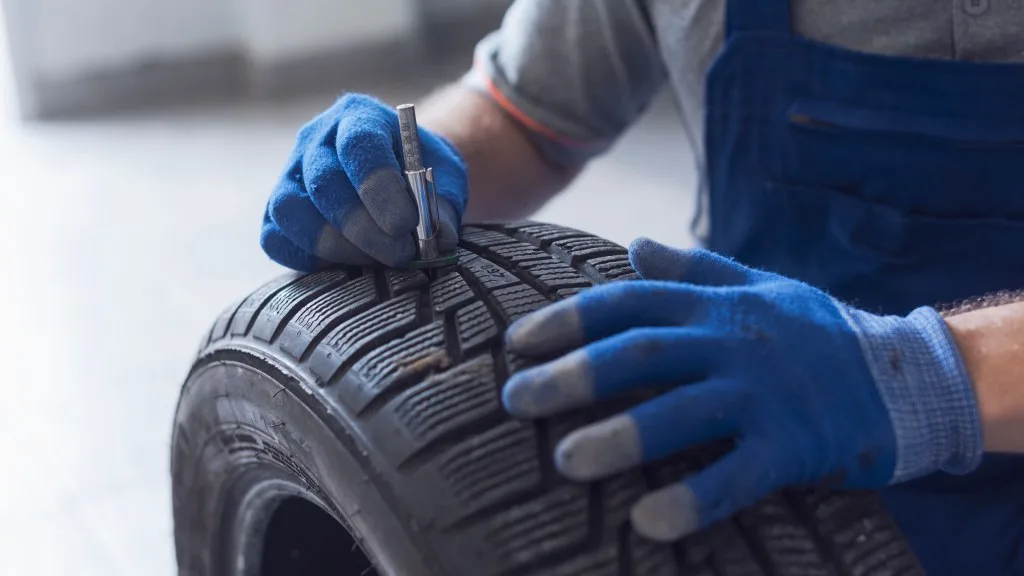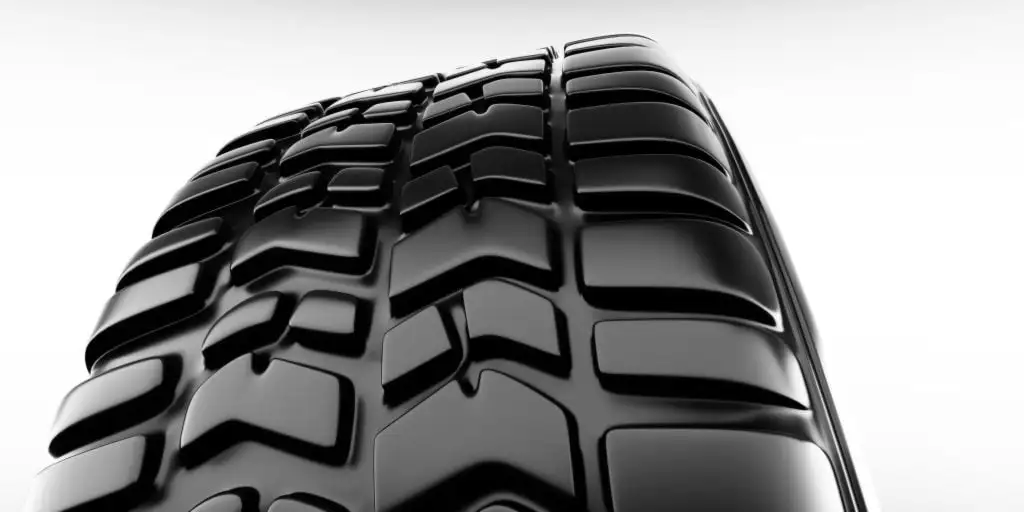Nobody likes changing their tires, but it’s unavoidable if you own a vehicle. But following a few simple rules can help make the process easier.
Following these guidelines can help you stay safe and avoid wasting money. Don’t let a shady salesman take you to the cleaners because you’re unprepared.
Today, we’re looking at the five rules for changing tires every driver should know.
Let’s roll!

Why Changing Tires at the Right Time Is Crucial
Timing is crucial when buying a new set of wheels for your vehicle. By purchasing too early, you’re flushing money down the drain. However, you take a severe risk if you wait too long.
Unfortunately, too many drivers procrastinate and cruise around on tires past their prime.
As the rubber ages, compounds break down, leading to decreased traction, difficulty stopping, and an increased chance of blowouts. Uneven wear can occur in the treads and cause a wheel to come out of alignment or balance.
Additionally, you may increase your chances of hydroplaning and losing control during wet conditions.
When tires need changing, there’s a good chance they’ll struggle to hold air. They can develop cracks, which cause air to leak slowly. If you’re frequently adding air to them, it’s not a good sign.
In general, these five rules for changing out your tires are good guidelines. They’ll help keep you and others safe on the road.

#1 Change Old Tires
While you may purchase a set of wheels with a high-mileage rating, that’s not always a great idea. No matter how many miles are on them, experts recommend replacing your tires every six to ten years. This is especially true if your car spends most of its time outside, exposed to the elements.
It’s better to go by the manufacture date, not when you purchased them. You can find this information in the DOT Tire Identification Number (TIN).
The last four digits indicate the week and the year it was produced. While shopping, you’ll want to check these numbers to ensure you get a new set of wheels.
#2 Check Tire Tread Depth
Tread depth gets measured in 32nds of an inch. When new, it’s typically between 9/32” to 11/32”. However, this fraction decreases over time as the tread wears down.
It’s time to start shopping when the measurement reaches 6/32”. This helps ensure a firm, sturdy grip on just about any surface.
You can run your vehicle to a nearby shop and have them measure your tread depth. However, another trick is to use a penny. All you have to do is place the coin in the grooves with President Lincoln’s head facing down. If you can’t see his head, you’re good to go.
However, if you can see his entire profile, it’s time to change the tire.
#3 Change Damaged Tires
Regular inspections are the best way to discover any damages. You never know what you’re going to run over on the road.
While there are some instances where you can patch or plug a damaged tire, it’s a good idea to change any wheels with sidewall damage. Unfortunately, it’s not just objects on the road that can cause serious issues.
How you drive your vehicle can also lead to damage. Speeding, rapid acceleration, and hard braking are just a few examples. You may think you’re impressing others by doing a burnout, but you’re not doing yourself or your wheels any favors. If it feels like you’re constantly buying a new set, it’s time to consider your driving habits.
Some obvious signs of these issues are changes in performance or the comfort of your ride. You may begin to notice vibrations or excessive road noise. If you do, it’s likely time to start shopping.

#4 Choose Proper Replacement Tires
When selecting replacements, ensure you purchase the right set. In this situation, size really does matter!
If you’re using the same rims, they’ll determine what size tire you can put on them. Just snap a picture of the TIN on the sidewall and head to your favorite shop.
Don’t forget to consider the conditions you’ll be driving in and how many miles you typically travel in a year. Generally, an all-season tire will be the best option for most people.
However, you might need to consider winter or summer versions in certain parts of the country. When in doubt, talk with the professional and research their recommendations.
#5 New Tires Are Best
Some shops will sell slightly used tires at a steeply discounted price. However, this is one area where we recommend you proceed with caution. Not knowing the history of the tire can be dangerous. You can’t tell if the previous owner drove on them while they weren’t inflated properly.
In addition, there might be some internal damage that could cause issues down the road. In general, we don’t recommend taking the risk. Your attempt to save a few bucks now could cost you more in the long run.
Changing all four tires with new ones will help ensure they’re in the same condition.

How To Prolong Tire Life
If you want to protect your investment and make them last as long as possible, there are some things you can do. For starters, monitor your air pressure regularly. Keep a gauge in your vehicle so you have it readily available. It only takes a few minutes to check all of your wheels.
Additionally, rotating them every 5,000 miles is a good idea. If you have a front-wheel drive vehicle, the front tires tend to wear out faster than the back ones. The wheels can take turns and last longer by rotating them regularly and keeping them aligned.
Remember to evaluate your driving habits. How you operate your vehicle can impact the wheel lifespan and help them to last longer. Hard accelerations and braking can do a number on the rubber and cause it to break down faster.
Hit the Road Safely With New Tires
As you can see, there’s much to consider when the time comes to change your tires. It’s not a decision you want to take lightly. The correct set can help protect your investment and allow you to enjoy a comfortable ride. When in doubt, work with a professional to help ensure you get the best rubber shoes for your vehicle.
We’ll Help You Find the Best Free Camping in the USA
You should give it a try!
As a matter of fact, these free campsites are yours to enjoy. Every time you pay federal taxes, you’re contributing to these lands.
Become a FREE CAMPING INSIDER and join the 100,000 campers who love to score the best site!
We’ll send you the 50 Best Free Campsites in the USA (one per state). Access the list by submitting your email below: